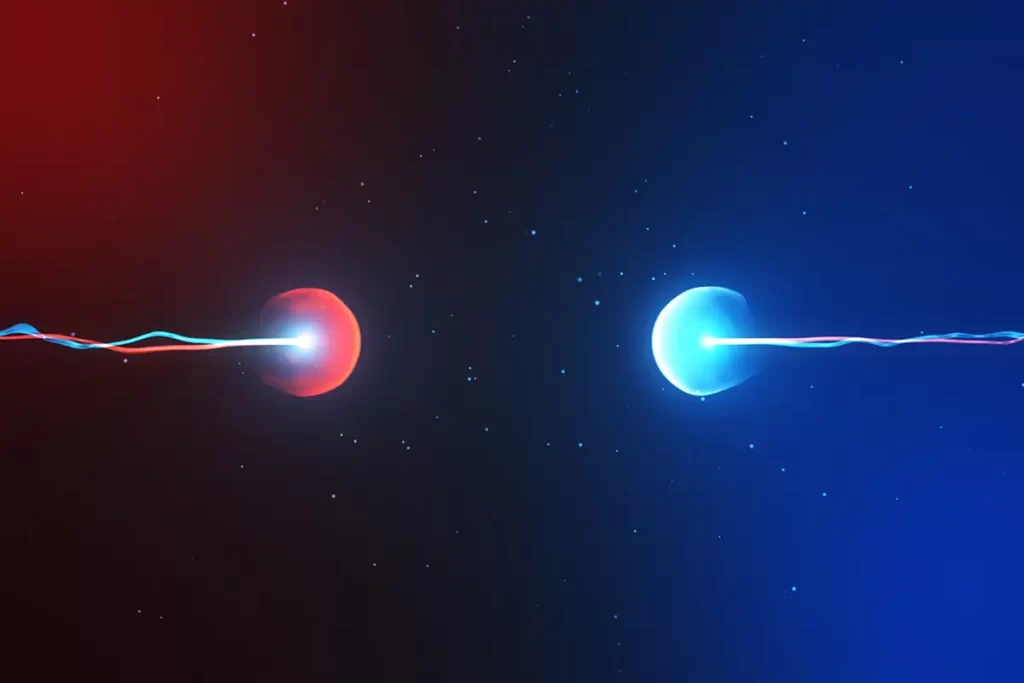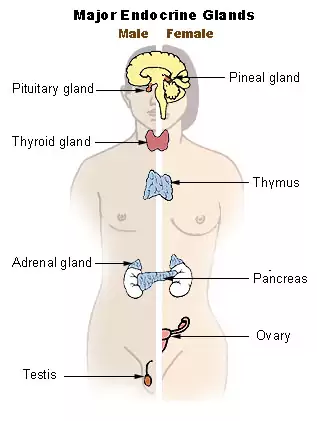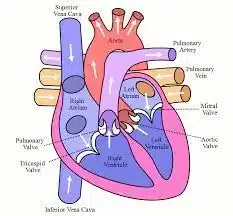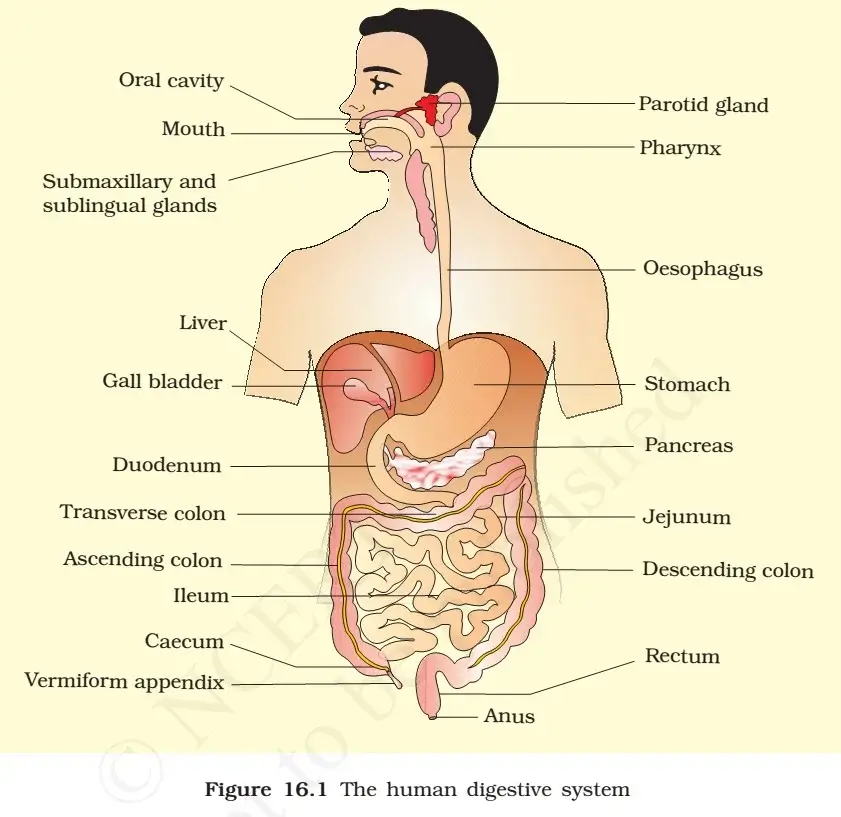What is a Chromosome?
Chromosomes are microscopic thread-like structures located inside the nucleus of animal and plant cells that carries hereditary information in the form of genes. Each chromosome is made of protein and a single molecule of deoxyribonucleic acid (DNA). Passed from parents to offspring, DNA contains the specific instructions that make each type of living creature unique.
The term chromosome comes from the Greek words for color (chroma) and body (soma). Scientists gave this name to chromosomes because they are cell structures, or bodies, that are strongly stained by some colorful dyes used in research.
- In the nucleus of each cell, the DNA molecule is packaged into thread-like structures, which is made up of DNA tightly coiled many times around proteins called histones that support its structure.
- Chromosomes are not visible in the cell’s nucleus—not even under a microscope—when the cell is not dividing.
- However, the DNA that makes up chromosomes becomes more tightly packed during cell division and is then visible under a microscope. Most of what researchers know about chromosomes was learned by observing chromosomes during cell division.
- Each chromosome has a constriction point called the centromere, which divides the chromosome into two sections, or “arms.” The short arm of the chromosome is labeled the “p arm.” The long arm of the chromosome is labeled the “q arm.”
- The location of the centromere on each chromosome gives the chromosome its characteristic shape, and can be used to help describe the location of specific genes.
What do chromosomes do?
The unique structure of chromosomes is its compactness. It keeps DNA tightly wrapped around spool-like proteins, called histones. Without such packaging, DNA molecules would be too long to fit inside cells. For example, if all of the DNA molecules in a single human cell were unwound from their histones and placed end-to-end, they would stretch 6 feet.
Due to this unique feature of compactness, chromosomes are able to keep DNA remains intact during cell division and evenly distributed among cells. Changes in the number or structure of chromosomes in new cells may lead to serious problems.
Location of Chromosomes
The structure and location of chromosomes are among the chief differences between viruses, prokaryotes, and eukaryotes.
- The nonliving viruses have chromosomes consisting of either DNA (deoxyribonucleic acid) or RNA (ribonucleic acid); this material is very tightly packed into the viral head.
- Among organisms with prokaryotic cells (i.e., bacteria and blue-green algae), chromosomes consist entirely of DNA.
- The single chromosome of a prokaryotic cell is not enclosed within a nuclear membrane.
- Among eukaryotes, the chromosomes are contained in a membrane-bound cell nucleus. The chromosomes of a eukaryotic cell consist primarily of DNA attached to a protein core. They also contain RNA.
How Many Chromosomes Do People Have?

- In humans, each cell normally contains 23 pairs of chromosomes, for a total of 46.
- Twenty-two of these pairs, called autosomes, look the same in both males and females.
- The 23rd pair, the sex chromosomes, differ between males and females. Females have two copies of the X chromosome, while males have one X and one Y chromosome.
- The 22 autosomes are numbered by size. The other two chromosomes, X and Y, are the sex chromosomes. The human chromosomes lined up in pairs is called a karyotype.
Do all living things have the same types of chromosomes?
Chromosomes vary in number and shape among living things. Most bacteria have one or two circular chromosomes. Humans, along with other animals and plants, have linear chromosomes that are arranged in pairs within the nucleus of the cell.
The only human cells that do not contain pairs of chromosomes are reproductive cells, or gametes, which carry just one copy of each chromosome. When two reproductive cells unite, they become a single cell that contains two copies of each chromosome. This cell then divides and its successors divide numerous times, eventually producing a mature individual with a full set of paired chromosomes in virtually all of its cells.
Besides the linear chromosomes found in the nucleus, the cells of humans and other complex organisms carry a much smaller type of chromosome similar to those seen in bacteria. This circular chromosome is found in mitochondria, which are structures located outside the nucleus that serve as the cell’s powerhouses.
Scientists think that, in the past, mitochondria were free-living bacteria with the ability to convert oxygen into energy. When these bacteria invaded cells lacking the power to tap into oxygen’s power, the cells retained them, and, over time, the bacteria evolved into modern-day mitochondria.
How are chromosomes inherited?
In humans and most other complex organisms, one copy of each chromosome is inherited from the female parent and the other from the male parent. This explains why children inherit some of their traits from their mother and others from their father.
The pattern of inheritance is different for the small circular chromosome found in mitochondria. Only egg cells – and not sperm cells – keep their mitochondria during fertilization. So, mitochondrial DNA is always inherited from the female parent. In humans, a few conditions, including some forms of hearing impairment and diabetes, have been associated with DNA found in the mitochondria.
Also refer :








